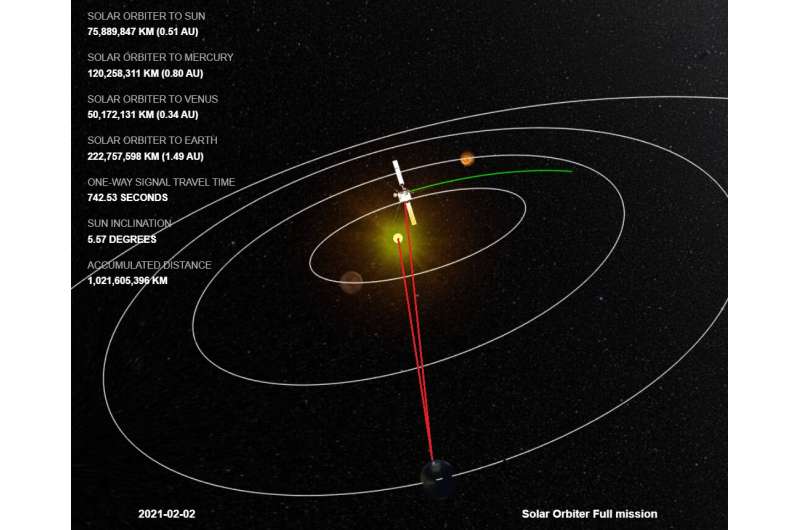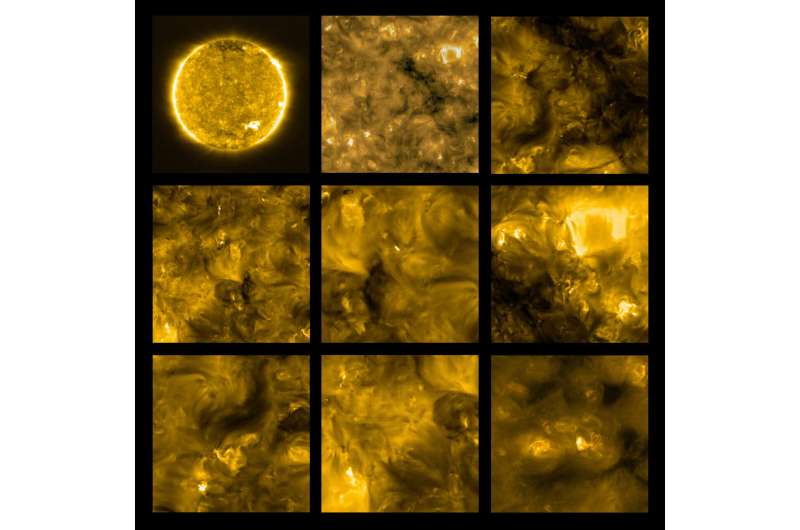It's called 'conjunction season' and runs until mid-February.
Ohhh, will it melt? No. See the bit about cave pigment above. But the sun's energetic and unpredictable nature will start making it hard for radio dish antennas on Earth—which will also have to point close to the sun when pointing at Solar Orbiter—to reliably send or receive signals, or do so very fast, at any rate.

Sounds bad. It is—the sun's energy can disrupt communication in both directions. Mission controllers will only be able to receive data at about 255 bits per second, or send signals at about 7.8 bits per second. You're likely too young to remember dial-up modems.
Not fast enough for Netflix, but it's something, isn't it? Perhaps, but even these piddly data rates aren't reliable—the radio link might be lost entirely if the sun so much as even sneezes.
If the bit rate is so low due to interference from the sun, why not simply turn off the instruments and coast through the worst part of conjunction? That's what happens with other, older missions using simpler technology, not to mention Mars Express. And not that there's any friendly competition between mission control teams.
OK, what's the good news? Our mission planners knew this would happen, so Solar Orbiter was designed to endure long periods of no contact with Earth. The spacecraft can even keep its scientific instruments running autonomously, and simply store all the collected data on board for download later, away from the sun.
I bet there was a rush to get ready for this. We're spacecraft engineers; we never panic, but we are very good at dealing with contingencies. Which this is not. But, yes, many of us at ESA worked with a 'sense of urgency' to prepare and upload three week's worth of onboard instructions, in case we had no contact at all during conjunction. All while dealing with the critical Venus flyby maneuver in December, while uploading a complete new operating system and all while working from our kitchen tables.
Now that your bird's on autopilot, there's not much to do? Au contraire. We've got 'remote science checkout during solar close approach' coming up, as well as a special 'thermal characterisation' campaign requiring 'new telemetry modes' followed by more testing of the radio communication link. Then there are the Venus and Earth flybys later this year, after which we have to get ready for the final science orbit at the end of cruise. Phew!
What's most often heard in the team's Skype chats? "Cruise was supposed to be quiet…" followed by "... please mute your mic—we hear the cat meowing under the kitchen table...!"
Explore further



